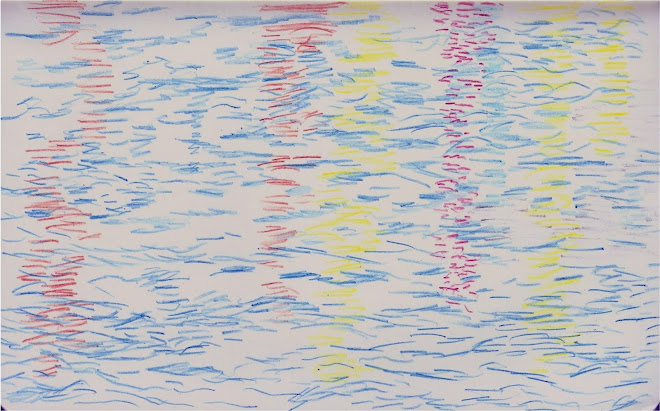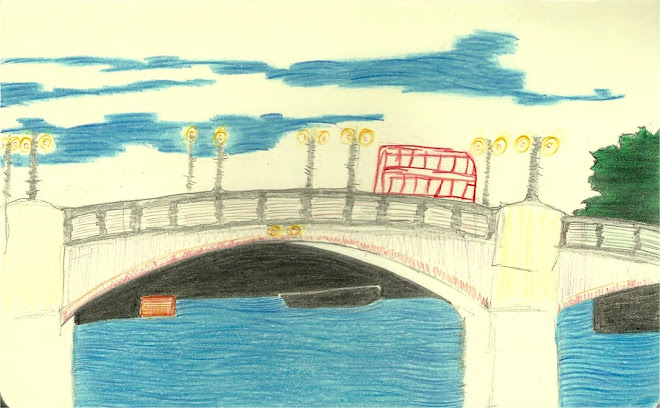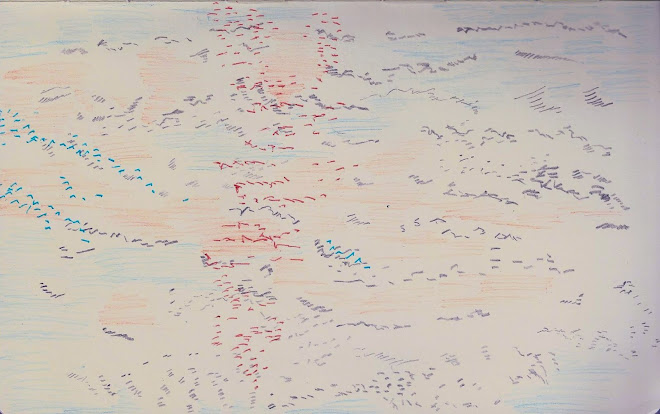The day became colder and colder. Time to warm up with a walk.
As far as I could see in any direction, the bare trees of Green Park shaded into misty mauve. The tonality refreshed my eyes. This was a park for walkers, joggers and dog walkers. In the grass near the southern fence, bulbs were starting to shoot short green leaves.
Across the road, the Palace was magnificent. But when did the guards start to wear grey uniforms? I thought they wore red. Perhaps grey is for winter. Preparations for the royal wedding must be well underway. I could see no sign of bustle at the windows, but out in the street the Queen Victoria Memorial was under renovation - some of the statues were boarded up.
Across the road again, to St James's Park - a little further south, a little warmer perhaps? Bulbs were in bloom: yellow, cream, violet. Swans, ducks and geese paddled obligingly around the viewing area. This was a park for saunterers, but it came on to rain, and I moved on.
In Jakarta, apart from golf courses, the large green space in the city is Medan Merdeka, with the white marble spire of the National Monument at its centre. Under the spire, in the Hall of Contemplation, you can see the Declaration of Independence, read out by the voice of Sukarno. It's very cool inside, a refuge from the heat for children, who slide down the Hall's sloping walls. Unlike the golf courses, Medan Merdeka is open to all - sportsmen, boys flying kites, family picnickers, couples arm-in-arm, hawkers. It's a venue for demonstrations, and the starting point for protesters marching down Jalan Thamrin, to the fountain at Tugu Selamat Datang (Welcome Statue) at Hotel Indonesia.
While I walked across London, the rain and cold intensified. I sheltered at Adelphi Terrace, and made this drawing of the sky above the Thames.











































